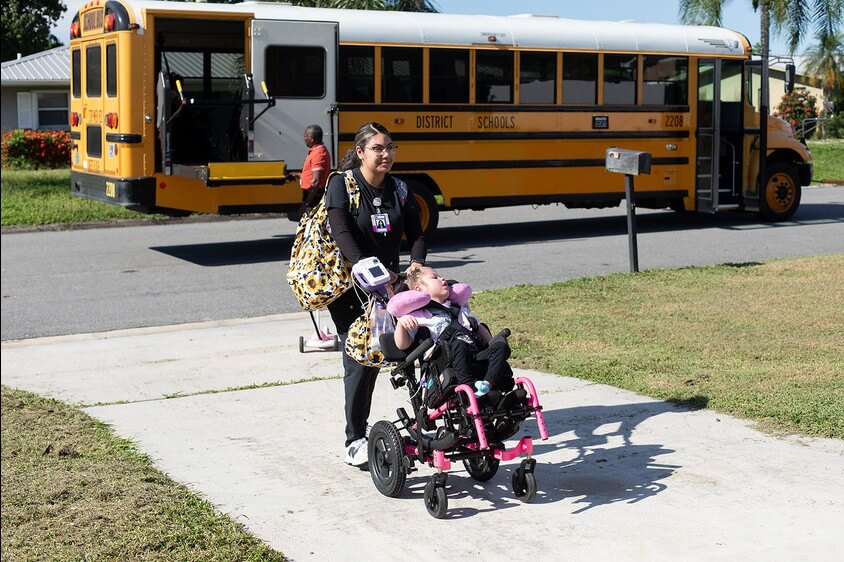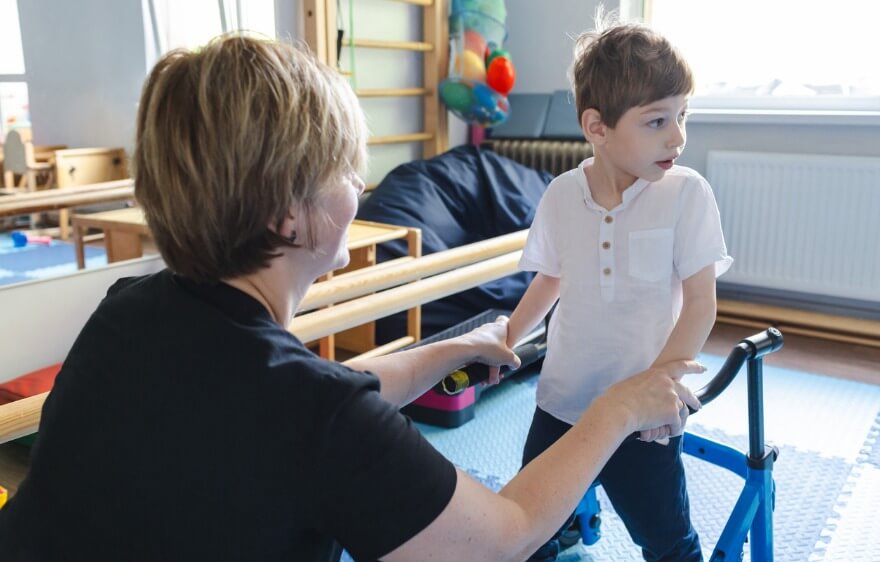I’ve been working as a high school SLP this year, and it’s gotten me thinking about the last stage of childhood speech/language disorders. Of course, many students “graduate” from speech before they enter high school. But are they now functioning the same as typical learners? The researchers in this article attempt to answer that question.
The Details
The Question
The authors of this study wanted to know if adolescents with histories of speech sound disorders (SSD) differed from those with histories of SSD and language impairment (LI), as well as if they differed from typical peers on measures of speech, language, and literacy. They also wanted to know how adolescents with persistent SSD differ from adolescents with resolved or no SSD on speech, language, and literacy measures. Finally, they questioned if any other factors (SES, gender, nonverbal cognitive ability) were associated with adolescent language and literacy skills.
The Method
This was a longitudinal study of 316 participants in an ongoing family study of speech and language disorders. Participants were recruited at early childhood (4–6 years), followed at school age, and again at adolescence (11–18 years). Children were administered speech and language assessments (speech sound production, oral motor skills, phonological memory, oral language, vocabulary) and literacy measures (word-level reading, reading comprehension, spelling). Performance Intelligence Quotient (PIQ) was assessed by the WISC-III (11–16 years) or the Wechsler Adult Intelligence Scale–Fourth Edition (16+ years) to measure nonlinguistic cognitive skills, such as problem-solving, spatial perception, working memory, and visual-motor coordination. Parents also completed questionnaires that provided information about their children’s educational and medical history, as well as socioeconomic status.
The Results
Not surprisingly, adolescents with comorbid SSD and LI did poorer than those with histories of SSD only or no SSD. Also, adolescents with SSD only and SSD+LI had lower Performance Intelligence Quotient (PIQ) than their peers with resolved/no history of SSD. What was also interesting was that adolescents with resolved speech disorders performed lower than those with no history of speech delay on language, reading comprehension, and decoding assessments. Low language and literacy skills were associated with persistent speech sound problems, lower nonverbal intelligence, and lower socioeconomic status.
Here’s another thing: individuals without overt speech sound errors, but difficulty producing multisyllabic words, were also associated with poorer language and literacy outcomes.
The Take-Away
So, I guess it does matter if a student has had a speech or language delay ever in their life. They may have a harder time with language-based tasks, reading comprehension, and tasks that require strong nonlinguistic cognition. “Resolved” does not mean “typical,” and it’s good to keep this in mind when working with adolescents, and probably adults too. Another thing that I found interesting was that students who had difficulty with multisyllabic words, but no overt speech errors, performed as poorly on language and literacy tasks as adolescents with SSD. Could this be an identifying factor for students at risk? Food for thought.





